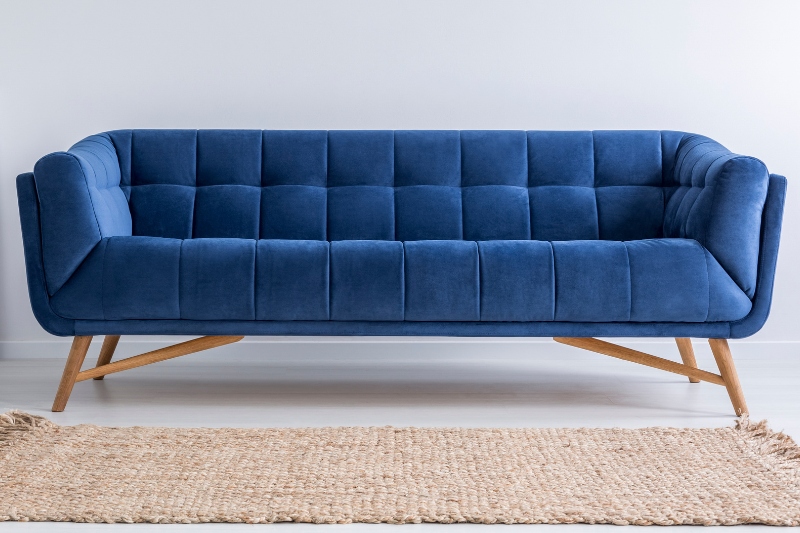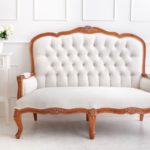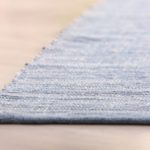Your upholstery can be your pride and joy. So, it needs to be kept in showroom (or at least show-off) condition. This means cleaning it.
The trouble is that each item may well have its own preferences regarding cleaning. What will brighten up a BarcaLounger might peeve a Parker Knoll. So, what’s needed is a way to clearly discern what an item of furniture and other upholstery would like to be cleaned with.
A good maxim in life is: if in doubt, look at the label. Just the same with upholstery. You’ll find the upholstery care label in a place that’s usually pretty accessible (to cater for spillage crises) like at the front, but out of sight, like under a cushion.
Found it? Good, let’s go through what each element means, before seeing if there are any good ways of avoiding having any cleaning emergencies in the first place.
What the Letters on the Label Mean
W – Wet (or water) cleaning
This, the first of the upholstery cleaning codes, means you can use a water-based cleaning product.
You tend to find these ratings on furniture that has a good chance of getting marked due to high levels of use, like a sofa for instance.
So, a quick spray with the water-based cleaner, a rub or a dab depending on instructions, and then you either leave it to dry naturally or blot first (again, follow the cleaning product’s instructions).
Can you use a homemade cleaner? Yes, you can. Try this: Pour 50 ml of white vinegar into 150 ml of warm water, then mix in one tablespoon of washing-up liquid. Put in a spray bottle and mist onto the mark. Rub with a soft cloth. This should take care of most forms of discoloration.
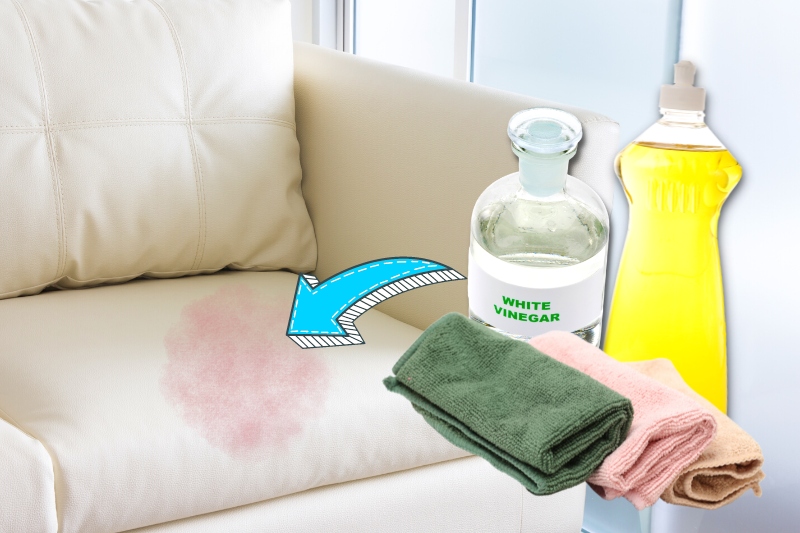
One word of warning. Although a label mark of W means that it can be cleaned with water, thisit doesn’t mean you can spray with wild abandon. In general, with this kind of work, less is more. Just use enough to cover the offending area.
You may find that a saturation leaves a mark or even results in shrinkage. Also, watch out for metal elements such as zips and fasteners, that might not be so thrilled about getting a drenching, and might repay you with a bout of rust.
Finally on wet cleaning, if you want to use an upholstery cleaning machine, you should be OK. It’s worth checking the machine’s instructions though. If in doubt, consult the manufacturer. You might find the answer on their website.
S – Solvent cleaning
This one’s not so easy to deal with. It basically means that water is not to be used. Instead, it’s probably going to need dry cleaning, so you may need to get the professionals in.
There are at-home dry cleaning kits you can get, but these usually involve putting things in bags and/or in a tumble dryer, and this might not be practical with large items of furniture.
When using cleaning products on upholstery labelled with the S code, always test on an inconspicuous area first. Don’t even think about trying a bit of water instead. You may end up with staining that even dry cleaning will struggle to eradicate.
SW – Solvent and water cleaning
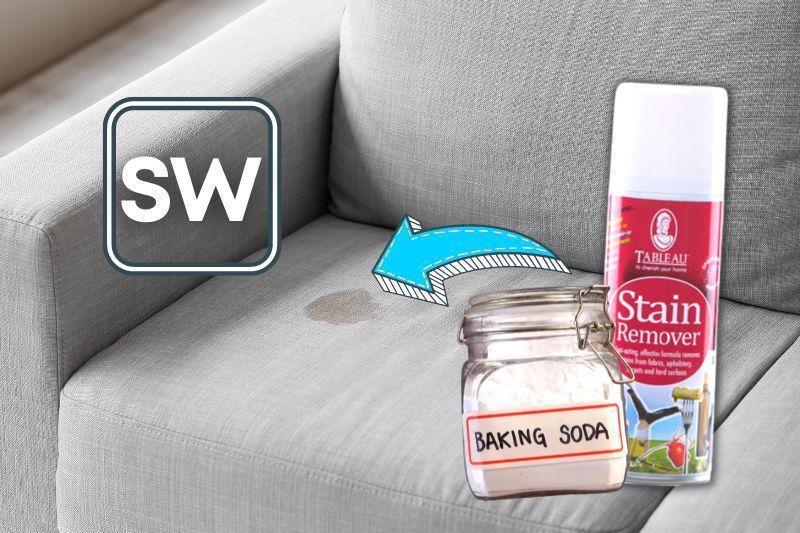
You don’t see this one quite so much, which is a shame because you can use a wide range of cleaning materials on furniture with this care code.
The exact cleaning solution you will want to use will depend on the kind of stain it is. If it’s a water-based stain like some juice then you can use a general-purpose furniture cleaner.
If it’s a grease-based stain then you’ll need to break out a grease-stain remover like Tableau, or something like bicarbonate of soda, which is cheaper and just as effective. What’s more, you’ll probably have some in the kitchen.
X – Vacuum only
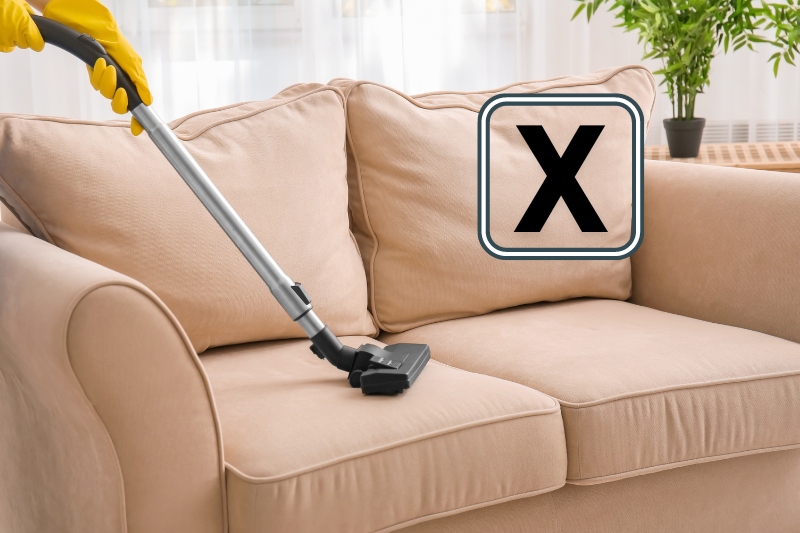
Just when you thought you were getting the hang of the initials-based taxonomy they were using, they go and hit you with an X for vacuuming. Thanks guys.
Think of it as a cross, like crossing out all possibility of any approach other than vacuuming.
So, regular vacuuming and sweeping are needed to keep this item in decent condition.
If the worst does happen and a stain occurs, you’re going to need to contact the manufacturer, as any use of water or solvent-based cleaners can result in disaster.
DC – Dry cleaning only
Like solvent cleaning, but even more strict. Absolutely no spot cleaning with anything you think might be OK. Any stain that needs treating is going to need to be dry cleaned. So, in all likelihood, it’s a job for the professionals.
F – Foam
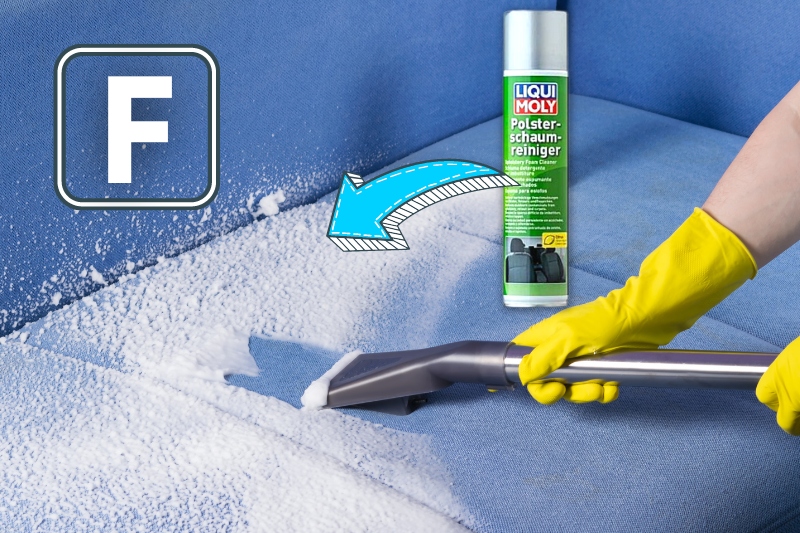
This is upholstery that needs cleaning with a foaming cleaner that’s not water-based. Something like Liqui-Moly will probably do the trick.
It’s a cleaner that’s primarily meant for automobile upholstery but it’ll be good for most F-rated furniture.
Do check the small print though, and in doubt consult the manufacturer. If nothing else, it’ll give your lounge that new car smell.
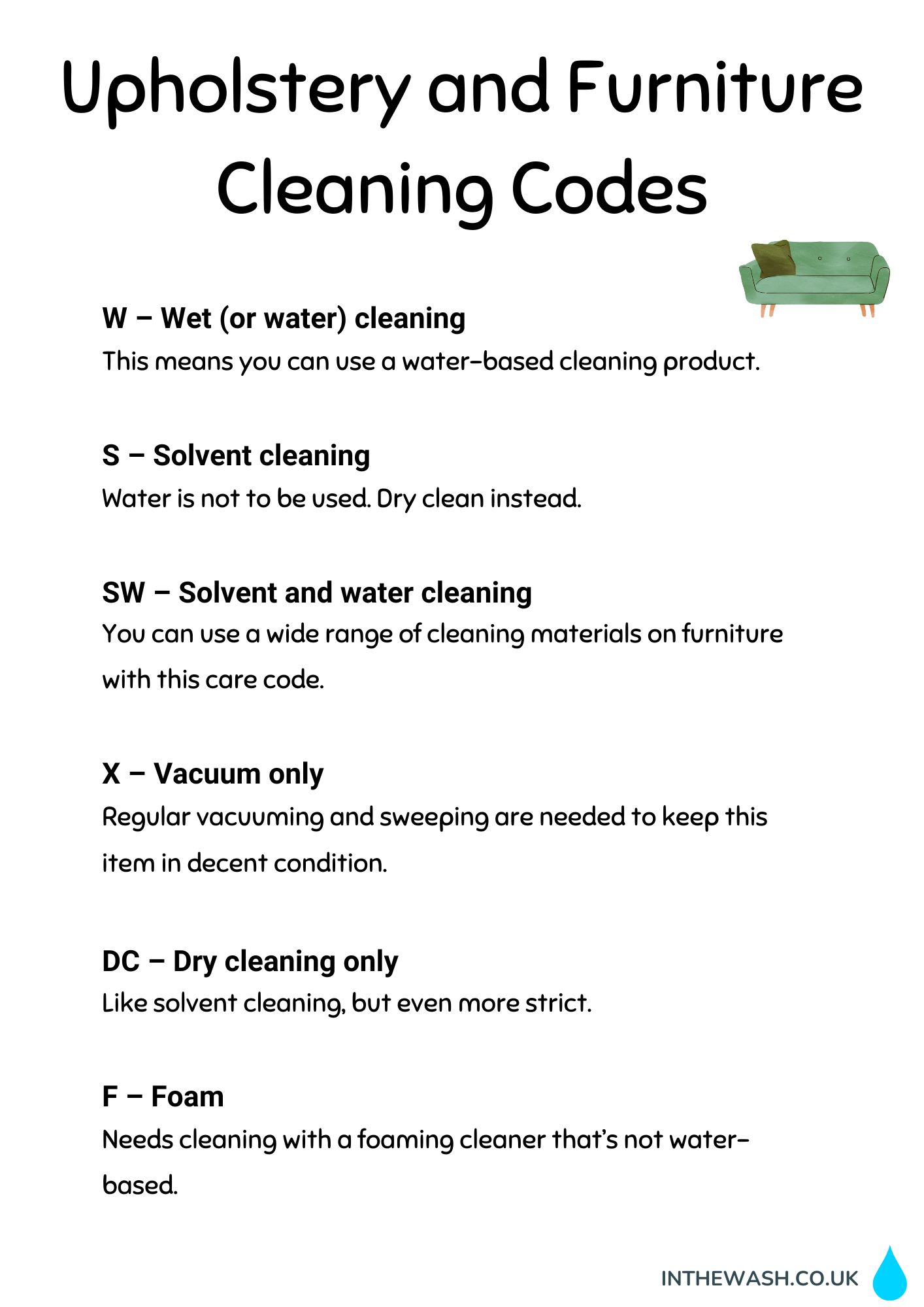
What If No Codes Are Visible?
If you’re sure you’ve looked all over, including on the base of the furniture, and there are no labels anywhere to be seen, your safest bet is to contact the manufacturer for advice. Don’t risk ruining the piece altogether with inappropriate attention.
Good Tips to Keep your Furniture Stain-Free
1. Use covers
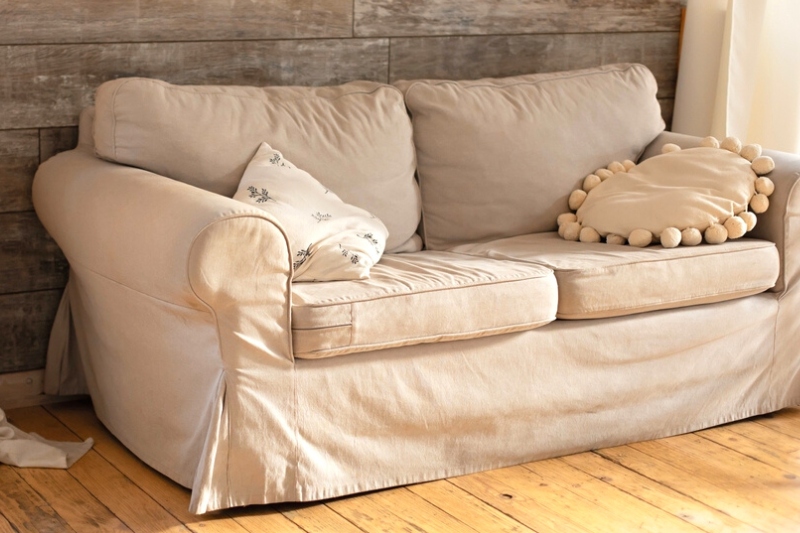
Whether you go for an ethnic throw or a chintzy antimacassar, there are all kinds of ways you can protect your upholstery from stains, that can actually contribute to the style and look of a room.
An old armchair can be rejuvenated with the right cover, so worth considering from an aesthetic and economical angle too. And it’s a lot easier to clean a cover than to clean an armchair.
2. Use coffee tables
Well-placed coffee tables and simple pedestals situated within reach of your sofas and armchairs will result in less of that precarious perching of cups on sections of the furniture that you just know will result in disaster.
Remember to pop coasters on those tables too, or we’ll have to go into a whole ‘how to remove heat marks from wood’ subsection.
3. Eat at a table
Table eating has become somewhat outmoded as the family fractures and spends more time face-to-screen than face-to-face. Make a stand against this, if not for your family’s sake, then for your furniture’s.
Many’s the settee that’s had a splash of sauce or a glob of gravy that could have so easily been avoided had the careless diner been sitting properly at a table.
OK, we don’t all have dining rooms, but we can probably use an alternative spot.
That breakfast bar that tends to just see the odd round of toast before spending the rest of the day unused and ignored? Perfect.
That table that gets covered in homework but never any meals from one day to the next? Ideal.
Everyone’s psychological and physical well-being will improve significantly, and your upholstery will breathe a collective sigh of relief.
4. Eat off a tray

If you simply don’t have a table, or you do but can’t get people around it, make sure that everyone who’s intending on eating in the lounge has equipped themselves with a proper tray first.
Trays with a beanbag attached underneath are ideal as they give greater stability and comfort. Make it a hard and fast rule. No tray? No way!
5. Use a furniture protector spray
Treat your furniture to a spraying all over with protector spray. Obviously, check that your upholstery will be OK with it first, then give it a good going over.
The best protector sprays will guard against most stains, making subsequent spillages much easier to deal with, including the real nasties like grease and oil.
6. Keep things clean!

Make sure that your furniture stays clean and free of debris with a regular vacuum and sweep routine.
This will lessen the likelihood of subtle and insidious staining happening when you’re unawares.
It’ll also mean that, in the event of a spillage, you can see exactly where the problem is much easier than if the area’s covered in crumbs and detritus.
Finally, a clean armchair will be respected more by its occupant and they may try to be more careful with their cuppa.
Conversely, a chair that nobody seems to care about much may well get more casual treatment. Behaviour breeds behaviour.
Learn to Love Those Labels

Make no mistake, your upholstery labels can save the day. The wrong cleaning material applied can make things infinitely worse, so you need to know what to apply where.
With this in mind, get to know your furniture a little better. Go around finding out a bit about their likes and dislikes. Read their labels and learn what makes them tick.
This way, when stains strike, you’ll be a little better prepared. And your furniture will love you for it.

Martin’s life revolves around films, dogs and food, but rarely all at the same time. At least two out of these three like to give clothes and furniture a hard time, and Martin enjoys discovering and writing about new ways to stop them doing their worst.
